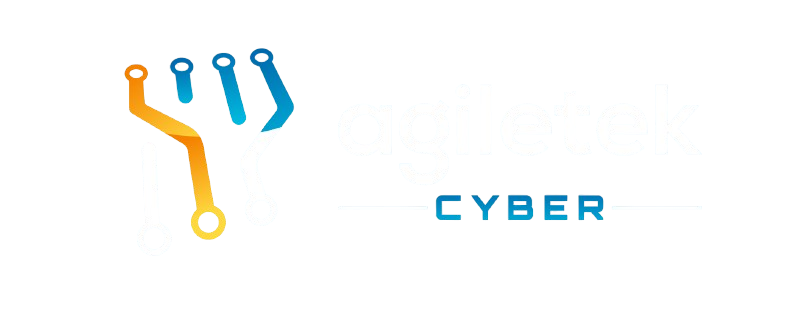The Role of Cloud Security in a Remote Work World
The shift to remote work has reshaped how businesses operate, creating both opportunities and challenges. With more employees working from home or other remote locations, companies are increasingly relying on cloud services to store data, run applications, and facilitate collaboration. However, as businesses move more of their operations to the cloud, the need for robust cloud security has become more critical than ever. In this blog, we’ll explore the role of cloud security in the remote work world and how businesses can safeguard their digital assets while embracing the flexibility of cloud technologies.
1. The Rise of Cloud Adoption in Remote Work
Cloud computing has enabled organizations to provide employees with the tools and resources they need to work from virtually anywhere. Services like Google Workspace, Microsoft 365, Slack, and Zoom have become integral to daily operations, facilitating communication, document sharing, and collaboration across teams. Cloud storage solutions like Dropbox and OneDrive allow employees to access files from any device with an internet connection, ensuring business continuity and productivity in a remote work environment.
With the shift to cloud-based services, businesses can scale their operations efficiently, reduce costs, and improve flexibility. However, this transition also brings new security concerns that must be addressed to protect sensitive data and business-critical applications.
2. Understanding Cloud Security
Cloud security refers to the measures, policies, and technologies used to protect data, applications, and systems hosted in the cloud. Unlike traditional on-premises security, cloud security requires a shared responsibility model between the cloud service provider (CSP) and the business using the cloud. The CSP is responsible for securing the cloud infrastructure, while the business is responsible for securing its data, applications, and user access within the cloud.
Effective cloud security involves a combination of technologies and best practices to safeguard data from unauthorized access, data breaches, loss, and corruption. Some of the key components of cloud security include:
- Data encryption to ensure that sensitive data is unreadable to unauthorized parties.
- Identity and access management (IAM) to control user access and ensure that only authorized individuals can access critical data and applications.
- Multi-factor authentication (MFA) to add an extra layer of security for users logging into cloud-based systems.
- Cloud security posture management (CSPM) to continuously monitor and manage the security of cloud environments.
